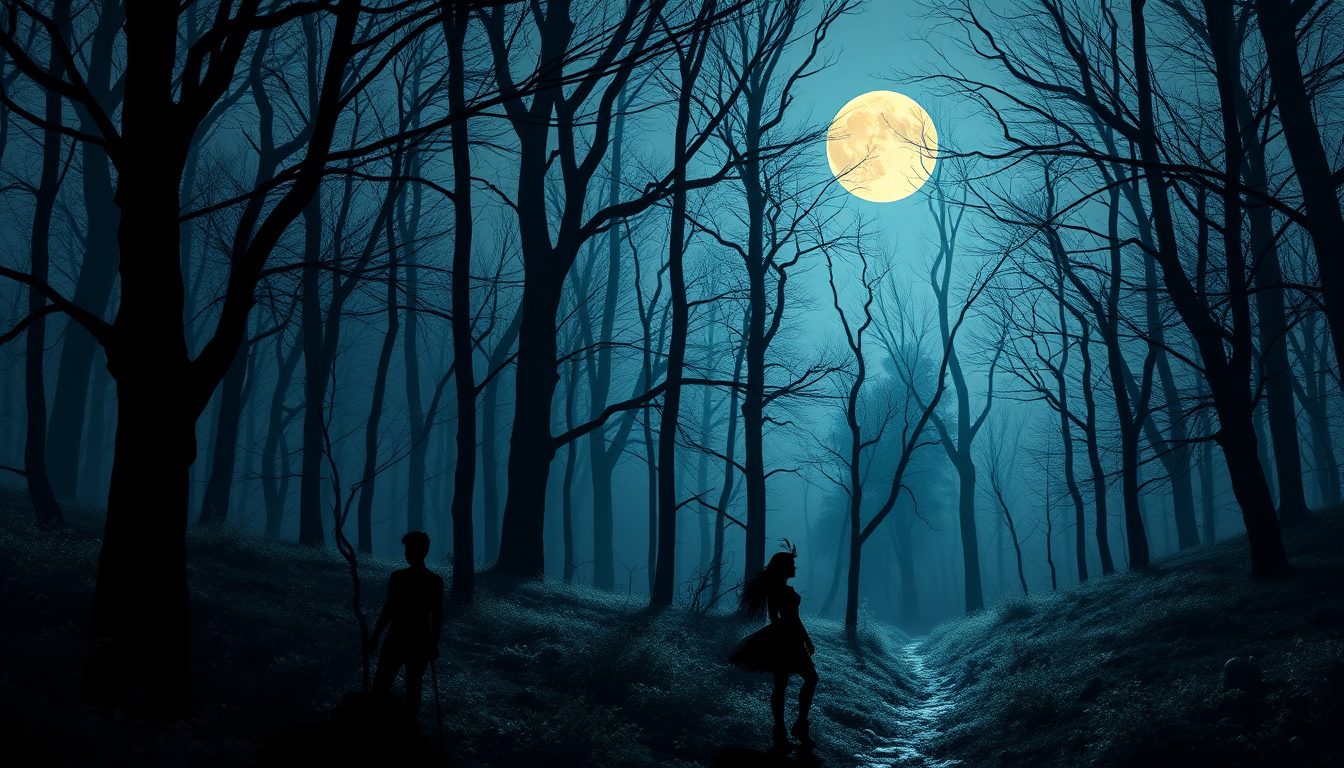Physical Address
304 North Cardinal St.
Dorchester Center, MA 02124
Physical Address
304 North Cardinal St.
Dorchester Center, MA 02124

In the realm of literature, fairy tales have long captivated audiences with their blend of fantasy, morality, and imagination. Yet, as contemporary writers revisit these age-old stories, a new genre has emerged: dark erotic fairy tales. These retellings delve into the darker aspects of the original narratives, merging sensuality, danger, and transformation in a manner that is both thrilling and deeply engaging.

The origins of fairy tales can often be traced to folktales, which were replete with raw human emotions and real-life complexities, including desire and violence. According to literary critics, the earliest renditions of these tales were not sanitized; rather, they included elements of sexuality, power struggles, and moral ambiguity—features that have, over centuries, been diluted to promote a more palatable version for children. This historical context provides fertile ground for modern interpretations, where contemporary authors reclaim these stories, inserting elements that embrace sexual agency and autonomy.
Recent feminist retellings of fairy tales not only breathe new life into the stories but also critique the traditional narratives that have historically marginalized female characters. Authors like Angela Carter, Emma Donoghue, and Helen Oyeyemi have pioneered the genre, creating stories wherein women assert their desires and navigate their relationships beyond the constraints of patriarchal expectations.
For example, Angela Carter’s The Bloody Chamber revitalizes classic tales with themes of desire and violence, revealing the complexities of womanhood and the nature of consent. Similarly, Donoghue’s Kissing the Witch presents stories where women reclaim their narratives: what if Cinderella chooses the fairy godmother instead of the prince? These narratives disrupt traditional notions of romance, inviting readers to explore desire without the chains of moral repercussions.
At the heart of dark erotic fairy tales is the exploration of desire as a powerful, often uncontrollable force. This is particularly evident in reimaginings of classic characters like the Beast who, rather than representing mere monstrousness, embodies deeply human vulnerabilities and needs. These tales pose critical questions: What happens when desire is reciprocated, or conversely, when it leads to obsession? Such explorations resonate with readers seeking more nuanced depictions of attraction and intimacy.
Dark erotic fairy tales also blur the lines between good and evil, complicating moral absolutes. Characters are no longer strictly heroes or villains; instead, they are multi-dimensional individuals shaped by their experiences, desires, and environments. This complexity invites readers to empathize with characters who may engage in morally ambiguous actions—transformations often resulting from unmet desires or societal rejection.
Transformation—both literal and metaphorical—plays a crucial role in dark erotic fairy tales. These narratives often feature protagonists who undergo profound changes, shedding societal expectations or personal limitations in pursuit of their desires. Such arcs serve to highlight the liberating aspects of embracing one’s sexuality and desires against the backdrop of a world that often seeks to suppress them.
Several titles have gained prominence in the dark erotic fairy tale genre, capturing the imaginations of readers:
These works exemplify how dark erotic fairy tales can serve as a catalyst for broader discussions about desire, empowerment, and the consequences of societal constraints on personal freedoms.
The allure of dark erotic fairy tales lies in their dual ability to entertain while prompting meaningful reflection on the nature of desire and the human experience. As they navigate the shadows of lust, power, and consequence, these stories invite readers to delve into the complexities of their own desires, challenging societal norms and personal beliefs along the way.
By breathing new life into cherished narratives, contemporary authors are not just spinning tales; they are weaving intricate tapestries of longing, morality, and transformation—reminding us that beneath the surface of every fairy tale, there lies a world of darker, deeper truths waiting to be uncovered.
If you enjoyed this post and you’re craving more stories that sizzle, check out my books at Arizona-Jewel. From slow burns to explosive encounters, there’s a story waiting to sweep you away.